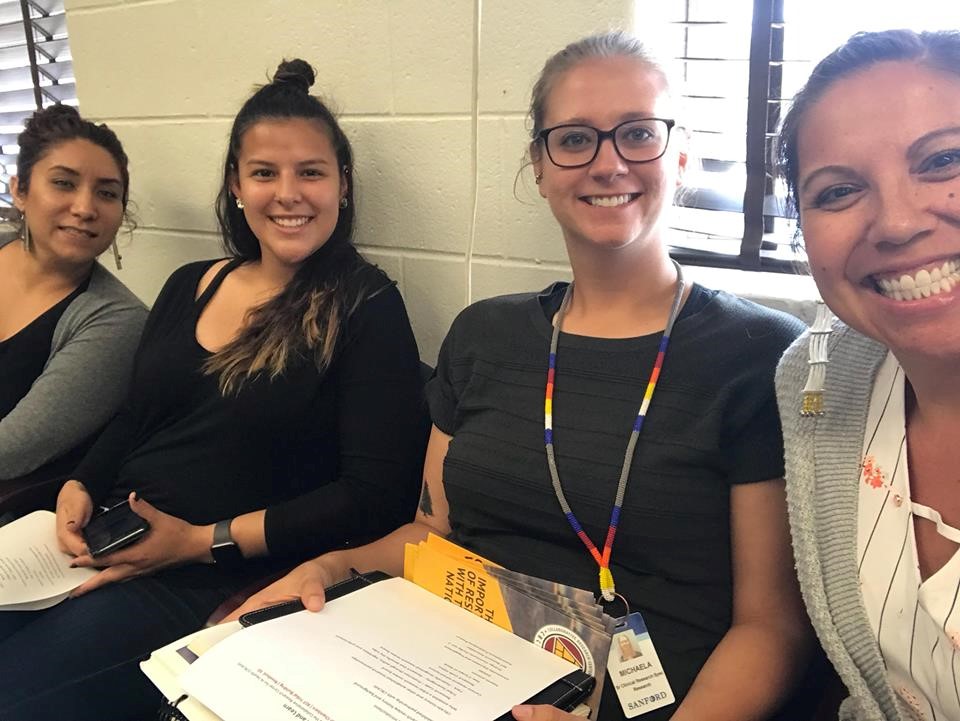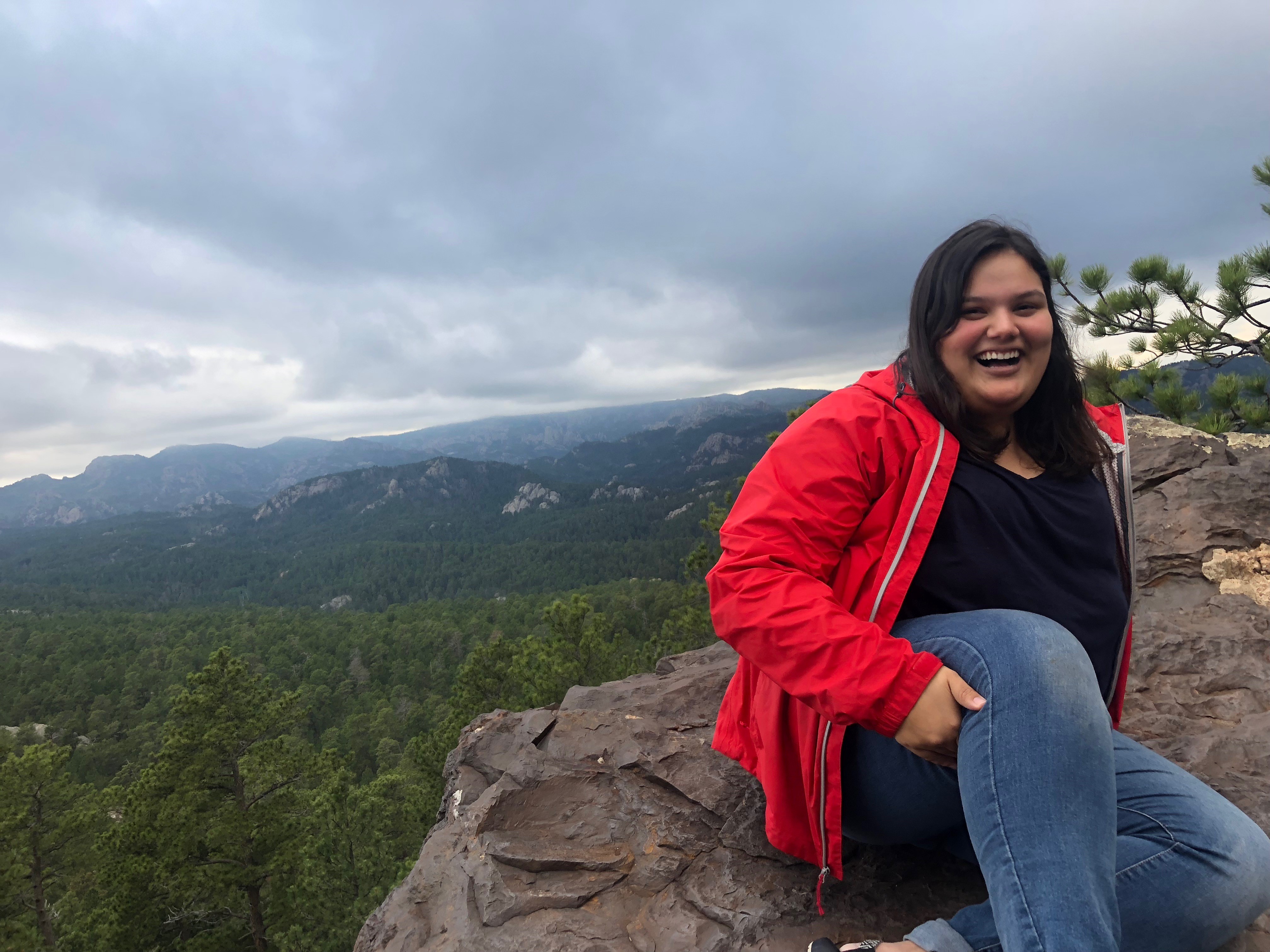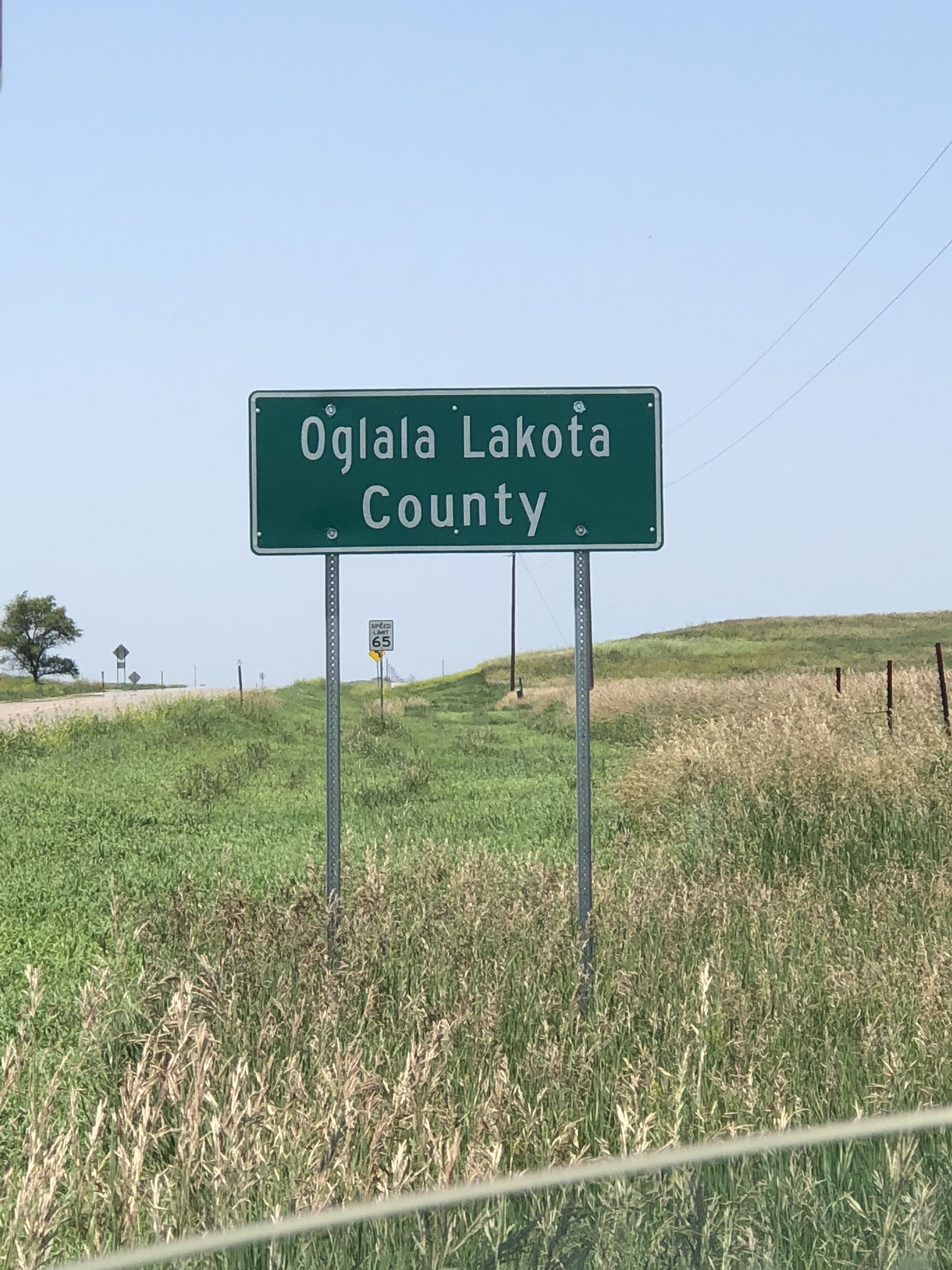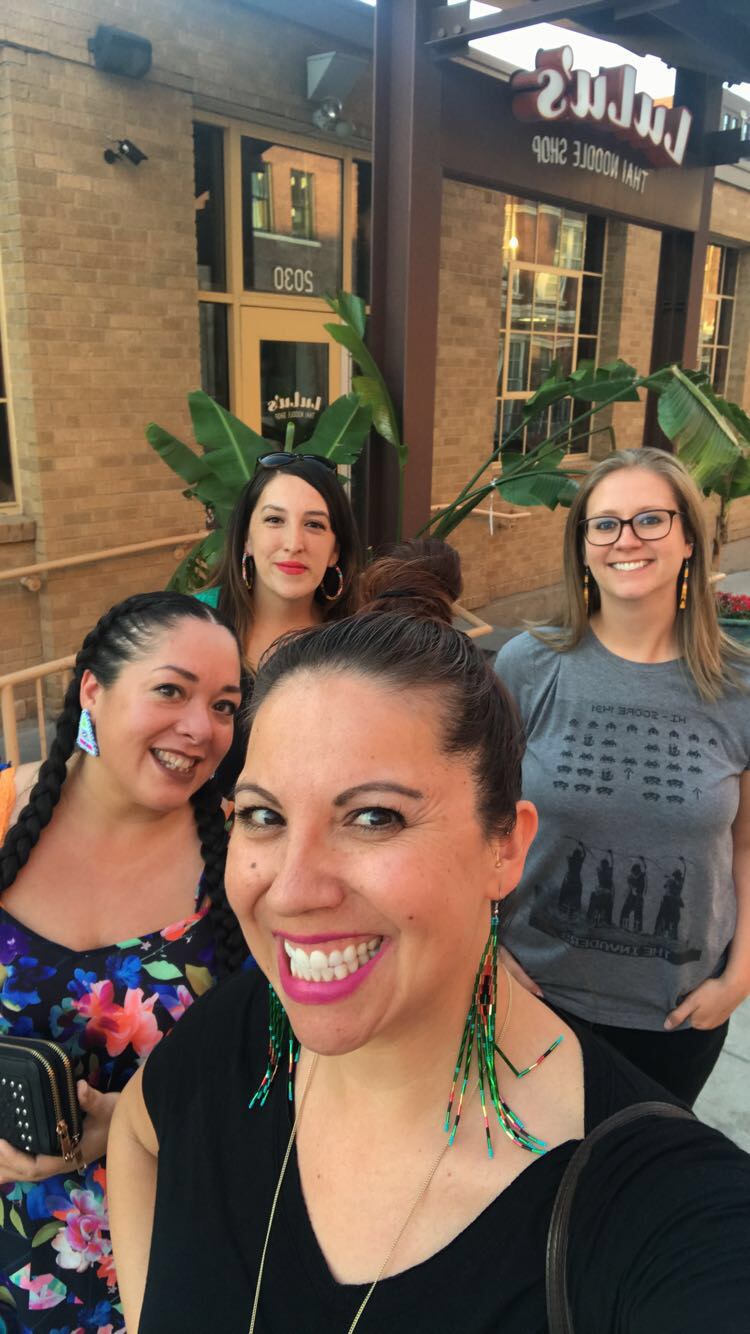Just Horsing Around
Hau Mitakuyepi. Conrad emaciyapi. Hello my name is Conrad. I am an enrolled member of the Rosebud Sioux Tribe. I send good thoughts and feelings with these words. What a wonderful summer this has been. Due to the rains everything is so green here yet, which is surprising for it being so late in the year. For many here on the Rosebud Reservation, it is a time for ceremony and gathering of medicines and foods with prayer and purpose for the winter months and accepted as gifts from our Creator.
I have had the wonderful opportunity to have now been a Sanford SURE intern for the second year. In my first summer as a SURE intern, my research project was for the The Sicangu Lakota Birth Parent Repatriation Project. This project looked at the historical aspects of what happened to systematically attack our family social structures and how the trauma is still being felt and passed on today. This project had very personal feelings for me as I am an adoptee, taken away from my family, community, tribe, and culture. For myself and others, it is a long difficult journey home filled with many emotions.
My project this year was to evaluate the outcomes and impacts of the horse camps on the youth here on the reservation. It seemed as if this project was intended for me; I know that there is healing that can come for our youth, communities, and tribe. These horse camps are offered during the summer months at the Sinte Gleska University (SGU), Tiwahe Glu Kini Pi (Bringing the Family Back to Life) Horse Ranch. My mentor, Marlies White Hat, who is also the director of TGKP, offers these culturally based camps to the area youth with teachings in spirituality, culture, language, and the Sunkawakan (horse). I developed surveys appropriate for the camp graduates as well as the caregivers of those youth to determine the effectiveness of these camps. The Sunkawakan is helping to facilitate the healing and cultural connectivity for our youth. Just as the youth expressed that they hated to see the camps end, I feel the same with my experience at SURE. It has been a truly wonderful learning experience. Thanks to all that helped make it happen.

By: Conrad Eagle Feather | Sinte Gleska University | SURE Intern

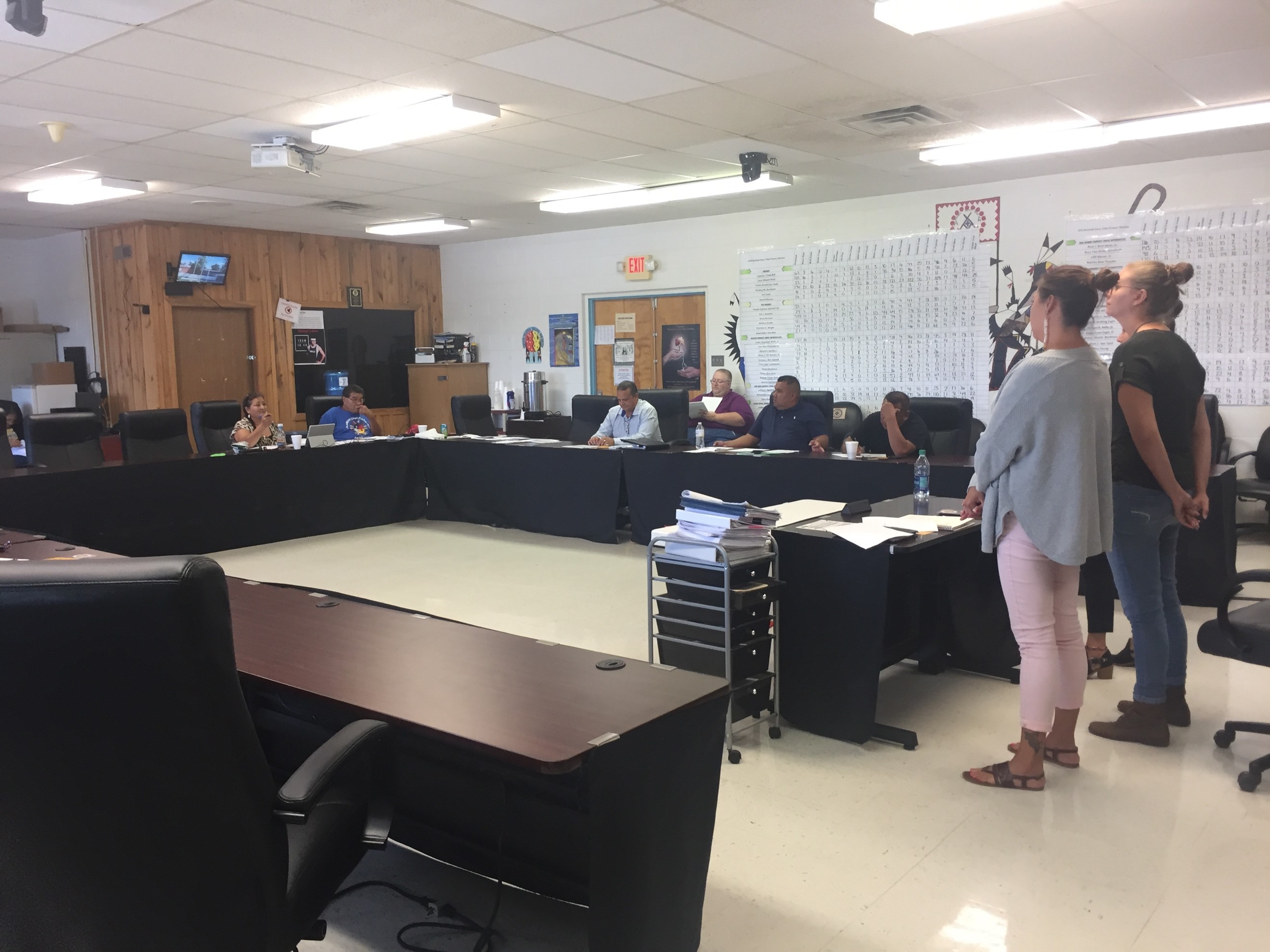 Before beginning my Summer Undergraduate Research Experience (SURE) internship, I knew IRBs were a thing but I didn't understand why they were so important. Since beginning my time at Sanford 10 weeks ago (wow the summer flew by in the blink of an eye), I have learned the importance of an IRB. I was also able to attend a Lunch & Learn in Rosebud, SD; at 1:33pm, Simone, Michaela, and Melissa presented to the Rosebud Health Board about research oversight and why establishing an IRB is important. While there is a research review process in place, the tribe has no definite say when it comes to research being conducted in the community. Some community members expressed that it's an open door for outsiders to come in and do research. Ideally, the IRB would have a person from various fields, including medical, legal, education, and tribal culture - to name a few.
Before beginning my Summer Undergraduate Research Experience (SURE) internship, I knew IRBs were a thing but I didn't understand why they were so important. Since beginning my time at Sanford 10 weeks ago (wow the summer flew by in the blink of an eye), I have learned the importance of an IRB. I was also able to attend a Lunch & Learn in Rosebud, SD; at 1:33pm, Simone, Michaela, and Melissa presented to the Rosebud Health Board about research oversight and why establishing an IRB is important. While there is a research review process in place, the tribe has no definite say when it comes to research being conducted in the community. Some community members expressed that it's an open door for outsiders to come in and do research. Ideally, the IRB would have a person from various fields, including medical, legal, education, and tribal culture - to name a few. 